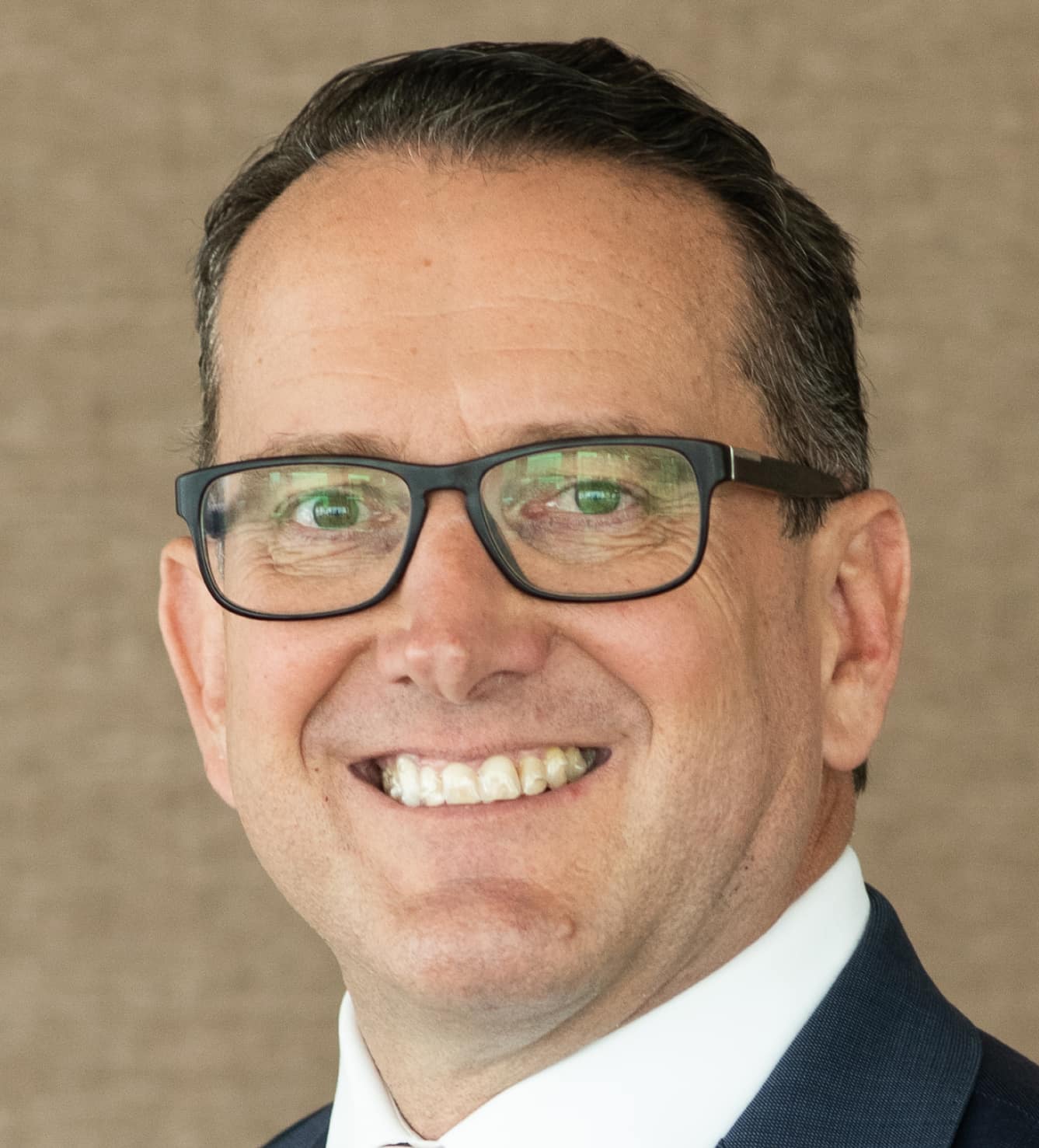Global Finance speaks with Steven Cranwell, CEO of the Americas at Standard Chartered Bank, about the outlook for Southeast Asia, the Americas and pan-Pacific trade.

Global Finance: What is the outlook for the ASEAN countries and the opportunity for US companies interested in the region?
Steven Cranwell: Most people understand the favorable macro advantages in the region. The rise of ASEAN economies has been underpinned by strong fundamentals, favorable demographics and an unquenchable thirst for digitalization. It continues to be an attractive option for US businesses targeting international growth, and financial investors remaiin excited about the infrastructure build-out opportunities.
GF: Which sectors in ASEAN have the best growth prospects?
Cranwell: The fundamental economic drivers in the region remain solid and attractive. We are seeing specific opportunities in the infrastructure and renewable energy space. In digital infrastructure and services, the demand is incredible. We see investment in medical devices and pharmaceuticals off the back of the pandemic. Chemical manufacturing is a focus, and consumer goods are equally important. We also see a lot of international investors excited about regional infrastructure buildout, much of it underpinned by broad ESG agendas. A lot of private wealth is making its way into these opportunities. It’s not a new phenomenon, but as people become more aware and comfortable with the opportunities, they become larger.
GF: Talk about ASEAN’s technology and digital economies.
Cranwell: The digital economy is expected to add around $1 trillion in GDP across the region by 2030. We see multiple opportunities. One is the data center story that extends into the logistics story, which flows from the growth in e-commerce. Localized data storage regulations demand that data centers be constructed across countries as opposed to being centralized. Whether it’s Dell investing in Singapore or Microsoft investing in Malaysian digital infrastructure, there is a lot of US investment in the technology area.
GF: How are ESG investing objectives affecting development?
Cranwell: There is a clear ambition to build out more sustainable sources of power as countries in the region head toward a net zero emissions goal. Countries are committing to have a significant part of their installed capacity come from renewable energy sources. The details vary from one country to another but the demand to change energy structures is very big.
GF: How do foreign companies best succeed in ASEAN?
Cranwell: The most successful businesses over time in the region have built out local presences directly, through joint ventures or by a combination of both. It’s critical that companies work with regional partners like government agencies and financial institutions like ours to build an understanding of the diverse nuances in the region—and there are many. We continue to see a lot of activity around addressing supply chain blockages. Many companies are employing “China Plus One” strategies to diversify their supply chain. Again, it is not a new phenomenon, but it has become more important in the current environment.
GF: How important is the Trans-Pacific Partnership (TPP)?
Cranwell: We are still seeing strong commercial flows, and trade continues to flourish in the region. We see growth in trade business from the US into the ASEAN markets and Asia more broadly, and we see growth back the other way. When businesses look at jurisdictions, they focus not just on favorable tax outcomes but more broadly on factors such as robust infrastructure, availability of talent and access to markets. To the extent that trade agreements build harmony and benefit economies broadly, we’re all for them.



